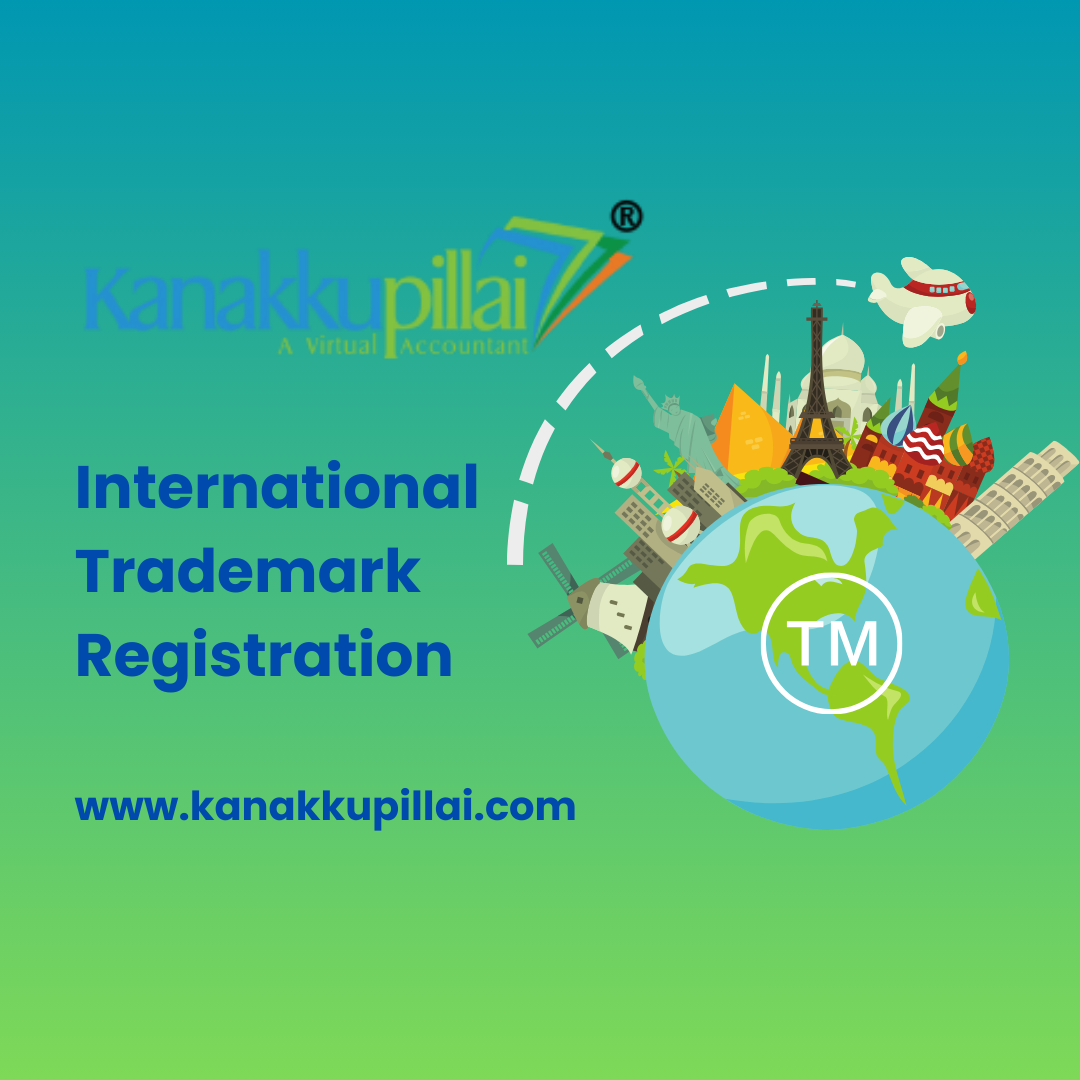Trademark Nexus: Seamless International Registration for Your Intellectual Property
In an increasingly globalized economy, protecting your intellectual property (IP) on an international scale is crucial. As businesses expand across borders, ensuring that trademarks are safeguarded worldwide becomes a strategic priority. "Trademark Nexus" refers to the streamlined process of securing trademark protection internationally, ensuring that your brand remains secure and recognizable no matter where you operate. This guide provides an in-depth look at the importance of international trademark registration and the steps involved in achieving seamless protection for your intellectual property.
Understanding the Importance of International Trademark Registration
International trademark registration is essential for several reasons:
- Global Brand Protection: It prevents others from using your brand name, logo, or slogan in other countries, safeguarding your brand’s identity.
- Market Expansion: Protecting your trademark internationally supports business expansion into new markets by securing your brand’s presence.
- Legal Safeguards: It provides legal recourse in case of trademark infringement in foreign markets.
- Brand Value: A globally recognized trademark enhances your brand's value and market reputation.
The Madrid System: Simplifying International Registration
The Madrid System, administered by the World Intellectual Property Organization (WIPO), is a convenient and cost-effective solution for registering trademarks internationally. It allows businesses to file a single application to protect their trademark in multiple countries. Here’s how the Madrid System works:
- Single Application: File one application, in one language, and pay one set of fees to apply for protection in up to 124 countries.
- Centralized Management: Manage your trademark portfolio through a single system, making it easier to renew and modify your registrations.
- Cost Efficiency: Save on legal fees and administrative costs associated with filing multiple applications in different countries.
Steps to Seamless International Trademark Registration
- Conduct a Comprehensive Trademark Search:
- Before applying, perform a thorough search to ensure your trademark is not already in use in your target countries. This helps avoid conflicts and legal issues.
- Prepare Your Trademark Application:
- Ensure your application is complete and accurate. Include details such as the trademark name, logo, description, and the goods/services it will cover.
- File Through the Madrid System:
- Submit your international application through the Madrid System, designating the countries where you seek protection. You can file online via the WIPO website or through your national/regional trademark office.
- Examination and Approval:
- Each designated country will examine your application according to its national laws. This process may involve further communication and clarifications.
- Monitor and Manage Your Trademark:
- Once registered, actively monitor the status of your trademark in each country. Use WIPO’s centralized system to renew your registration and update any changes.
Tips for Successful International Trademark Registration
- Plan Ahead: Start the registration process early, especially if you are planning to expand into new markets.
- Seek Professional Assistance: Consider hiring a trademark attorney or a firm specializing in international IP law to navigate complex legal landscapes.
- Stay Informed: Keep abreast of changes in international IP laws and regulations to ensure ongoing compliance.
- Utilize Technology: Leverage tools and platforms that facilitate IP management and monitoring across different jurisdictions.
Overcoming Common Challenges
- Language Barriers: Use the Madrid System’s multilingual support or engage local legal experts to overcome language barriers in different jurisdictions.
- Varied Legal Requirements: Understand the specific legal requirements of each country where you seek protection to ensure your application meets local standards.
- Enforcement: Develop a strategy for enforcing your trademark rights internationally, including monitoring for infringements and taking legal action when necessary.
Conclusion
Trademark Nexus provides businesses with a streamlined pathway to securing international trademark protection. By leveraging systems like the Madrid System, companies can protect their intellectual property efficiently and cost-effectively, paving the way for global brand recognition and success. Whether you’re a startup planning to enter international markets or an established enterprise expanding globally, seamless international trademark registration is a vital component of your IP strategy. Embrace the Trademark Nexus approach to safeguard your brand’s identity and ensure its longevity in the global marketplace.





Comments